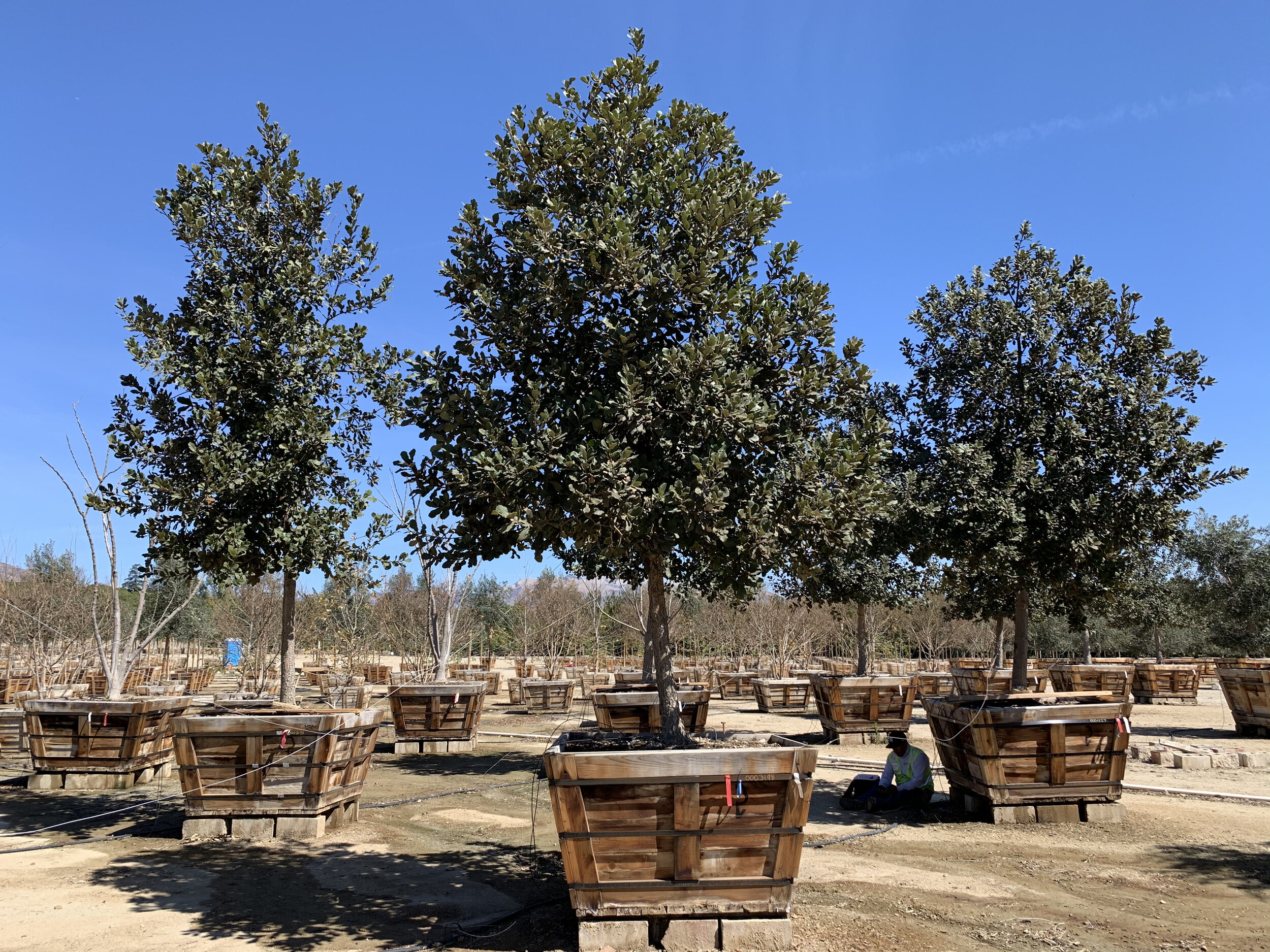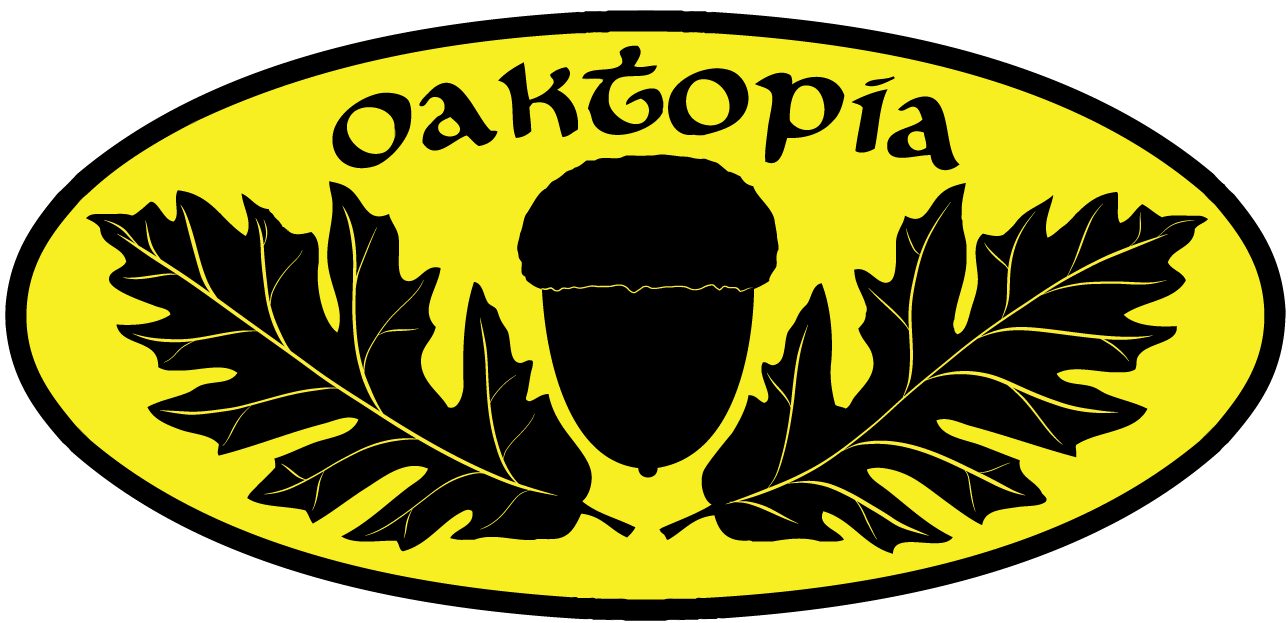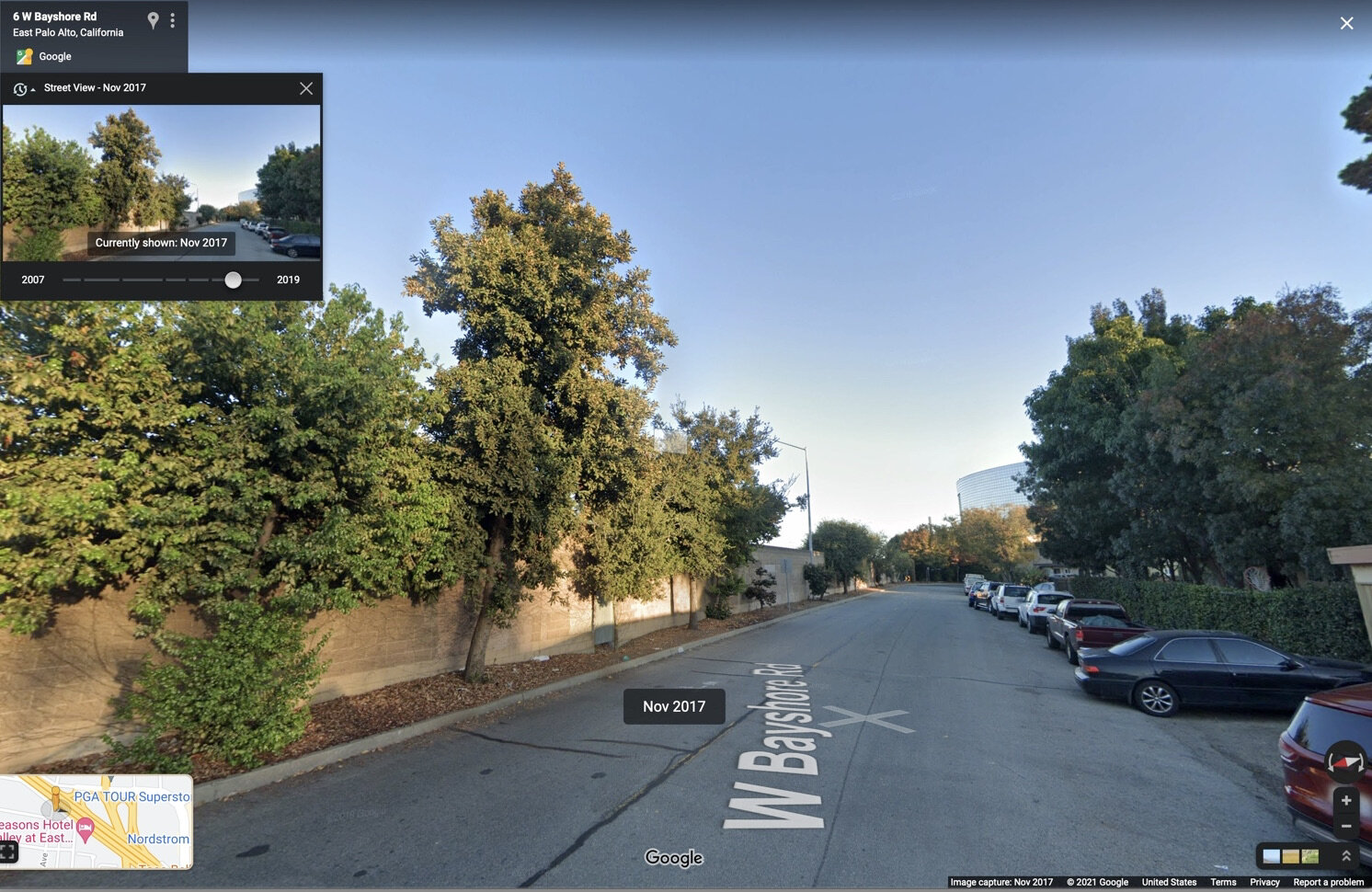Netleaf Oak
Quercus rugosa
Netleaf oak (Quercus rugosa) is the most widely distributed oak in one of the most oak species rich countries in the world, Mexico. The subtropical form of Netleaf oak continues to grow farther south, in Guatemala, and even northward into the American Southwest. For almost any living thing, this is a large geographic range. In ecology, a large range suggests an organism that can adapt to a substantial variety of growing conditions.
This kind of flexibility is ideal for the many future unknowns created by climate change. Considering that Netleaf oak grows throughout coastal California and north into at least Oregon, you have a plant which is going to survive some changes and instabilities.
Before delving further into Netleaf oak, there is something critically important to know about the tree currently named Quercus rugosa by official scientific bodies. When looking at trees now called Quercus rugosa north of the border with the United States, things get strange and controversial, as they often do with oaks.
There is a form of what is currently scientifically described as Netleaf oak that grows in the American Southwest, but these are trees both smaller in stature, and in leaf size. This form used to be called Quercus reticulata, and is itself quite variable, ranging from shrubs literally only a few feet tall, to some isolated 30 to 40 foot trees in favorable growing locations.
In the never-ending battle between those who favor inclusion of a wide range of organismic forms within a single species (lumpers), and those who advocate for finer distinctions (splitters), the lumpers currently rule Netleaf oak taxonomy, forcing us to write these confusing paragraphs, in an attempt to keep very sad landscape mistakes from being made.
Subsequently in this section, when we refer to Netleaf oak, we are referring to the southerly subtropical form of Netleaf oak. Most of our experience with Netleaf oak in California grows from genetic strains originally gathered by Dr. Dennis Breedlove in Chiapas in the 1980s, while working for then Strybing Arboretum.
Berkeley Botanical Garden, Berkeley, CA
As can be seen from the photograph above, the trees grew rather nicely in a variety of locations. Once publicly accessible Netleaf oaks grew, the trees began to produce acorns, and a few oak enthusiasts grew the trees from acorns they squirreled away.
East Palo Alto Tree Initiative
A dozen or so of these seedling Netleaf oaks were planted as part of the highly successful East Palo Alto Tree Initiative in 2007. Organized by Canopy, a tree non-profit in Palo Alto, this effort involved the planting of nearly 1,000 trees along 2.2 miles of the 101 Freeway Soundwall.
By the time of this writing in 2021, the tallest of these trees approaches 40 feet in height, with only minimal irrigation in the first five years to assure proper establishment of the trees. These trees, as all Netleaf oaks, have beautiful new growth, and lush canopies.
While pruning the young Netleaf oaks along the Soundwall, Canopy volunteers discovered something astonishing. Netleaf oaks have large leaves, which are quite hairy, or tomentose, on the bottom side. As the trees grew taller and stouter, the lower temporary limbs of the tress are systematically removed in a process called crown raising. To raise the crown of these Netleaf oaks required climbing through leaves and inside the surprisingly dense canopy.
As the volunteer inside the canopy emerged, the other gasped at a face covered in black soot. The leaves of Netleaf oak were capturing tire dust, diesel soot, and other particles out of the air. At scale, rows of Netleaf oaks have the potential to scrub the air around major thoroughfares.
Both for their fast, upright and initially dense growth, and also for their pollutant scrubbing abilities, Netleaf oak can be considered a premier large area screen tree. It should be remembered that healthy Netleaf oak trees will produce acorns which could germinate, so please plant accordingly and responsibly.
Netleaf Oak Leaves
The leaves of Netleaf oak are large, and notably thick. Leaf shape varies somewhat between individuals, but seedling Netleaf oaks actually show good uniformity, hybrids, of course, excepted. The leaf surface itself varies from flat to undulating, though generally quite rough in texture. Viewing Netleaf oak from a moderate distance, the leaves resemble those of the beloved Southern magnolia.
Nursery Netleaf Oaks
As of this writing in 2021, Netleaf oak has sold out initial nursery stocks, and is seeing rapid and rising demand. The recent large tech campuses of the Bay Area have used it, and Stanford University has now incorporated Netleaf oak into its latest planting palette. Can't blame them. Almost everyone who sees Netleaf oak falls in love.



Learn More
-

SelecTree
Basics of Netleaf Oak…
-

Oaks of the World
Dive deeper into the Quercus rugosa…
-

iNaturalist
Explore Netleaf Oaks around the world…




















































